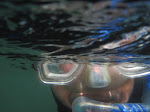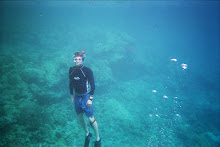I will quote the poem in William O'Daly's English translation as well as Neruda's original Spanish.
I have four dogs to declare:
one is already buried in the garden,
two others keep me on my toes,
tiny wild
destroyers,
with thick paws and hard canines
like needles of stones.
And one scruffy dog,
aloof,
fair-haired in her gracious manner.
No one hears her smooth golden steps
or her distant presence.
She barks only late at night
at certain phantoms,
so that just a few chosen hidden persons
hear her on the roads
or in other dark places.
Declaro cuatro perros:
uno ya esta enterrado en el jardin,
otros dos me sorprenden,
minusculos salvajes
destructores,
de patas gruesas y colmillos duros
como agujas de roca.
Y una perra grenuda,
distante,
rubia en su cortesia.
No se sienten sus pasos de oro suave,
ni su distante presencia.
Solo ladra muy tarde por la noche
para ciertos fantasmas,
para que solo ciertos ausentes escogidos
la oigan en los caminos
o en otros sitios oscuros.
Neruda, Pablo. The Sea and Bells. Trans. William O'Daly. Port Townsend, WA: Copper Canyon Press, 1988.





















